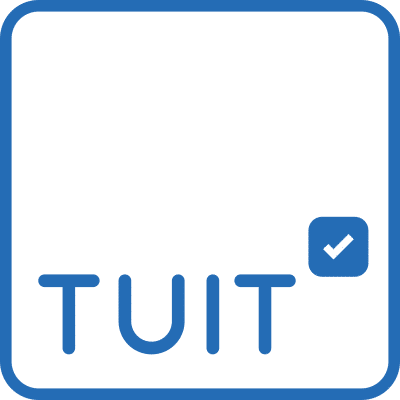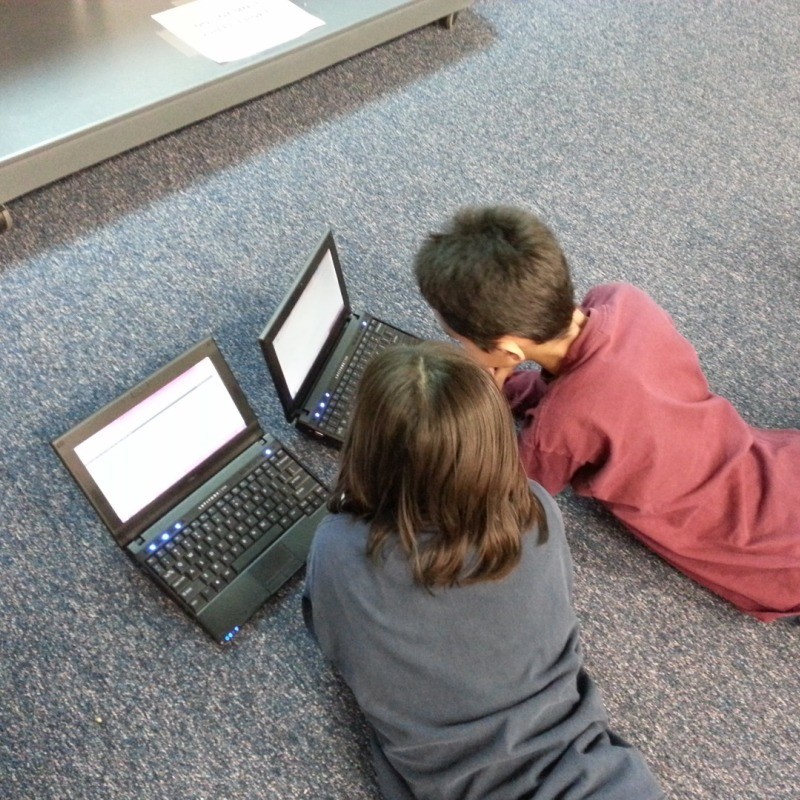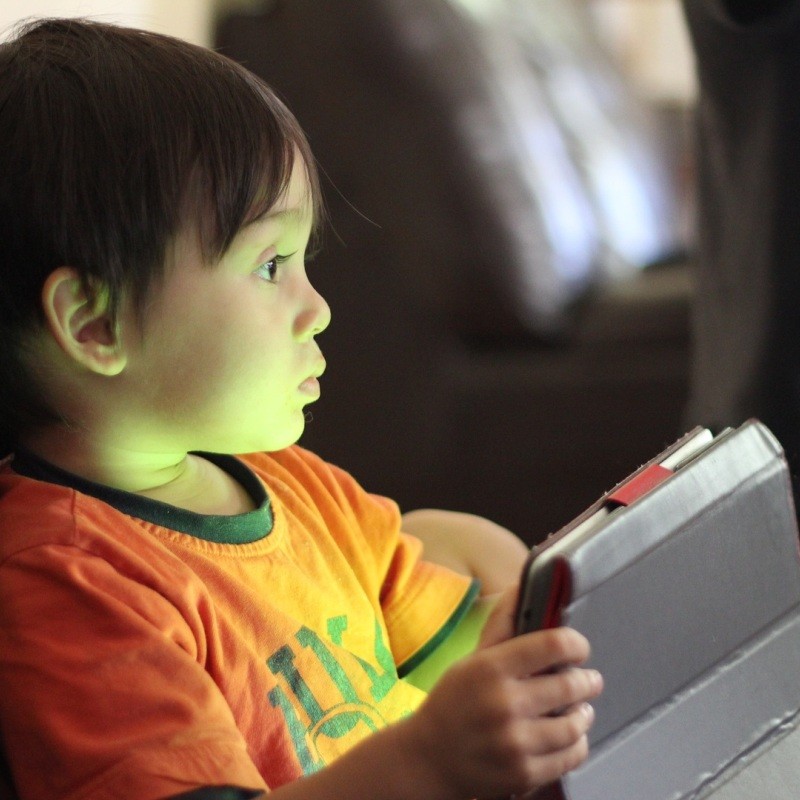What does Digital Citizenship mean?
Simply explained, it is how we, as different members of society, fit into the current digital movement. It can be likened to moving to a new country. As we know each country has its own rules and regulations. Learning what those are and how to work within them will make you a good citizen of the country. For example, if the speed limit on their highway is 100km/h, breaking the speed limit is disregarding the laws and this will get you in trouble. So too we need to understand what the ‘rules’ of the digital environment are so we are able to function safely within them, not only for ourselves but for our entire family.
The 9 Elements of Digital Citizenship
Digital Citizenship refers to 3 areas, each of which has 3 elements; Respect, Educate and Protect. Here they are broken down into their respective elements, along wit
h a Wikipedia definition of each:
RESPECT
1. Digital Access
This is perhaps one of the most fundamental blocks to being a digital citizen. However, due to socioeconomic status, location, and other disabilities- some individuals may not have digital access. Recently, schools have been becoming more connected with the internet, often offering computers, and other forms of access.
2. Digital Etiquette
This is the expectation that various mediums require a variety of etiquette. Certain mediums demand more appropriate behaviour and language than others.
3. Digital Law
This is where enforcement occurs for illegal downloads, plagiarizing, hacking, creating viruses, sending spams, identity theft, cyber-bullying, and so forth.
EDUCATE
1. Digital Commerce
This is the ability for users to recognize that much of the economy is regulated online. It also deals with the understanding of the dangers and benefits of online buying, using credit cards online, and so forth. As with the advantages and legal activities- there is also dangerous activities such as illegal downloads, gambling, drug deals, pornography, plagiarism, and so forth.
2. Digital Communication
This element deals with understanding the variety of online communication mediums such as email, instant messaging, Facebook messenger, the variety of apps, and so forth. There is a standard of etiquette associated with each medium.
3. Digital Literacy
This deals with the understanding of how to use various digital devices. For example, how to properly search for something on a search engine versus a database, how to use various online logs etc.
]PROTECT
1. Digital Rights and Responsibilities
This is the set of rights digital citizens have such as privacy, speech, and so forth.
2. Digital Health & Wellness
Digital citizens must be aware of the physical stress placed on their bodies by internet usage. They must be aware to not become overly dependent on the internet causing eye strain, headaches, stress problems, and so on. Be aware that this can turn into an addiction, look out for the signs and do something about it.
3. Digital Security
This simply means that citizens must take measures to be safe by practicing using difficult passwords, virus protection, backing up data, and so forth.
A focus on Digital Literacy
Different citizens will use technology differently. A person in the field of software programming for example will have a much greater understanding of different systems to a person who operates a forklift. Both have different requirements from technology. Where the programmer uses technology on a daily basis for a myriad of tasks, the operator may only use this once a week to do his banking, for example. For each of these levels there is a different level of literacy. As parents too, the requirement is not to be as literate as the programmer, but to have a basic understanding of what technology entails. Get your children to show you things work if need be.
The importance of Digital Safety
This brings us to the aspect of safety in an online environment. Adults need to indulge in a culture of learning to understand the basics of online platforms. Assisting their children, we believe, is as simple as applying real life boundaries to an online environment. Children are taught not to speak to strangers, for example. Relaying this to children not befriending strangers online is equally important. If you have not met the person in real life, they are not a friend but a stranger and real life rules apply.
Using monitoring software like Norton Family and K9 Web Protection can be great tools to assist adults with monitoring internet usage and safety, without being intrusive.
It is important to keep an open channel of communication so that children can ask questions when they are unsure of the boundaries.
Some Final Thoughts
Every aspect of our lives will at some point be touched by technology. It will become critical for us to understand what our role is within the digital movement.
Use a “Lurk before you Leap” mentality to new platforms. Go online, and see how others use it, once you are comfortable, use it for yourself.
Online behaviour should mimic that of real life behaviour. Don’t say anything from behind a keyboard that you would not say face to face with someone. This is important adults and children alike.
Have a look at some of our Learning-on-Demand Short Courses related to Family!
Digital Citizenship for Adults
Digital Citizenship for Kids (Ages 8-12)
ip means and how they can safely benefit from the cyber environment.




